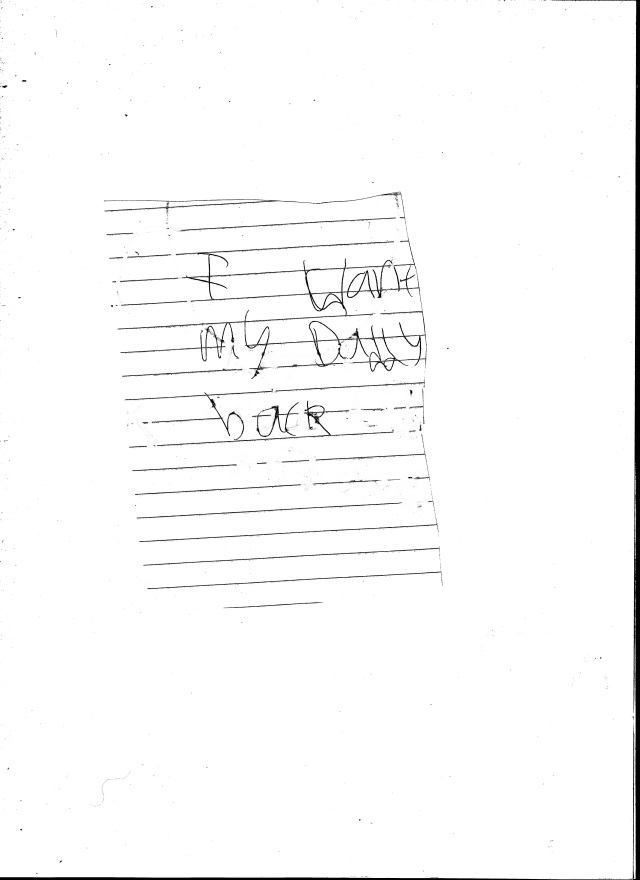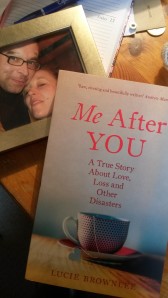
As someone who has a morbid fear of flying , what better programme to tune into last night but ‘The Plane Crash’, a documentary about a Boeing 737 which was deliberately crashed in order for engineers to see what really happens at the point of impact?
Aside from feeling a sense of vindication (yeah, OK, so it’s the safest form of travel, but Christ look what HAPPENS when something goes wrong!), there was a moment which, for me, provided a perfect visual representation of what grief feels like.
Crash test dummies were placed around the aircraft; some were strapped in, some were left untethered, some were placed in the brace position, others sat upright.
Cameras filmed from inside the cabin and caught the action within at the point of impact. The experts who examined the resultant footage agreed what we all already knew – braced, with a seatbelt fastened was the best position to adopt in the event of a crash.
What the footage also revealed though, was what happened to the dummies who were in the other positions. The poor bastard without a seatbelt was found wedged under the seat in front, folded backwards in a contortion worthy of Houdini.
But it was the guy who was sitting upright who could have been the poster boy for the aftermath of death of a spouse.
He looked forwards, unswerving in the face of the glass, luggage, wires, trays, pieces of fuselage which tore through him. His head ricocheted off the seat in front, whilst debris melted and fizzed all around. Unbelievably, the engineers believed he probably wouldn’t have died. The severity of the head injuries, however, could not be ascertained.
Adopting the brace position in grief is without doubt the safest option, but I’m starting to realise that looking forwards and facing the onslaught is a necessary part of the journey. I have done that very thing today with my counsellor. Lifted my gaze and felt the impact of the debris.
As with all catastrophic events, however, the severity of the head injuries cannot yet be ascertained.









